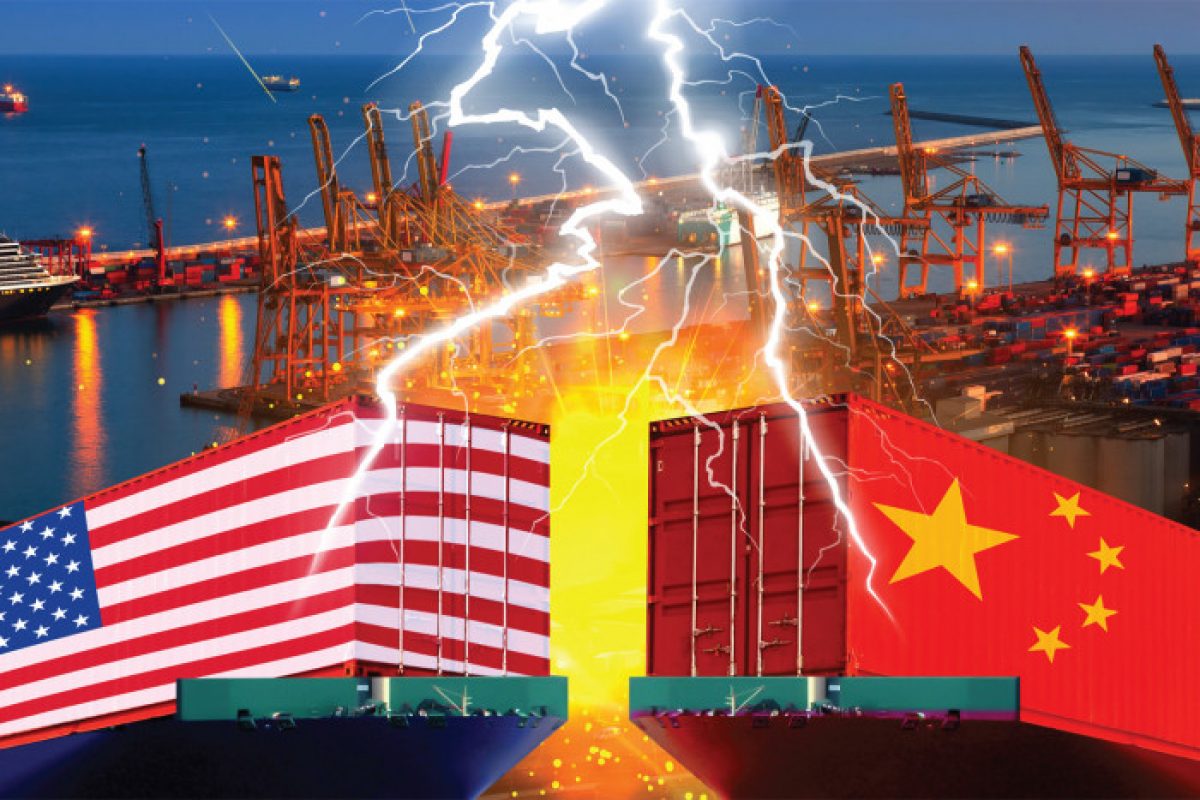Micron Chip War Continues, USA Gets Intolerant: Targeted Ban By China
The USA has showed its strong resilience towards the latest imposition enforced on its largest semiconductor industry Micron Technology by the Chinese authorities for security reasons, and have claimed the ban to be vague and cited a sign of 'economic coercion' on part of the Chinese authoritarian government.

Amid the heated geopolitical tensions rise between USA and China, the micron chip war has rubbed salt to its wound.
With the Micron chip ban issued by China on 21 May, it has clearly targeted a critically wide swath of infrastructure networks.
The Chinese authorities could also prompt an hacking attempt into the U.S. infrastructure without any surprise, as has been noted on many past occasions, the last being targeted on Microsoft and the U.S. Navy involving the Volt Typhoon.
The cyberspace regulatory body of China warned its key infrastructure companies of buying chips from Micron Technology after it failed at its network security review, pointing out to a relative threat to the nation.
USA has been pushing back the ban imposed on Micron Technology for its memory chips by the East Asian country.
U.S. Cry Out Foul
Gina Raimondo, U.S. Commerce Secretary addressed the Chinese after the Micron chip purchase blacklisting, firmly opposing the ban, and described it as a plain act of economic coercion on part of the lawmakers.

Raimondo spots that only a single U.S. company has been targeted with a vague attempt and there are no chances of the ban being a success.
The issue was raised up by Raimondo during a discussion with Wang Wentao, the Commerce Minister of China on 25 May.
Raimondo clarified that the matter regarding the chip manufacturing as well as China’s authoritarian actions are being taken up as a point of concern consistently between the U.S.A. and its allies.
In order to foster the production of semiconductor in the U.S., Raimondo pressed on that the countries involved in the Indo-Pacific Economic Framework for Prosperity (IPEF) agreement should be participating in the 52 billion dollar CHIPS Act Funding.
As part of the G7 leaders summit, Sanjay Mehrotra, Chief Executive of Idaho-based Micron also attended the summit in Hiroshima a week before, at the same time as the Micron chips review was underway in the Cyberspace Administration of China.
However, Micron Technology stated that they are assessing and evaluating the review of the their products sold in the Chinese market, and are hoping to communicate on the same with the Chinese authorities.
Comprehending an incoming restriction on chip sales from the Republic of China, the White House had urged the South Korea semiconductor giants not to fill the market gap in China.
Trade War
The recent ban could possibly indicate a reaction to the ongoing tension between the two nations as Washington and its allies imposed sanctions against chip sector of China.
In a bid to prevent the Chinese government from misusing the technology for internal repression or military modernization, the U.S., Japan and Europe had restricted the export of sophisticated chips deployed for the
manufacturing of smartphones, cars and computers in China, in the previous year.

Be that as may, as plenty of the consumer electronic devices including smartphones and computers are manufactured by the Chinese companies, the tech trade restrictions were viewed by the Chinese as a hindrance to its development and they incrementally retaliated on the same, without any positive counteraction.
The Communist Party of China had allegedly repressed human rights in Xinjiang and Hong Kong, synchronously taking aggressive stance towards its neighbors especially Taiwan, after exploiting their technological rights in the semiconductor industry.
Ironically, on previous occasions while putting an imposition on Chinese brands by the U.S. it only cited national security risks as the reason behind it. And now, Beijing has taken the same plunge and the U.S. is hurt.
Critics acclaim this to be a tit-for-tat venture by Beijing involving tariff war, after witnessing a large number of regulations been put forward by the U.S. counterparts on many of its brands such as ZTE and Huawei.
China’s imposition came after the G7 Leaders rounded to announce a few restrictions on access to chip manufacturing technology by China, challenging its non-market practices, along side the other developments.
A Downturn For The U.S.
As U.S. gets intolerant in the thick of all the strife, it could possibly urge Washington to strike back against China for invoking the effective restriction on the memory chips of the largest U.S. semiconductor maker without any
genuine basis.
Nonetheless, CAC proclaimed that the products of the US chipmaker posed serious network security risks, and prompted the U.S. to predict a revenue reduction from the Chinese market.

Following the ban, the U.S. semiconductor giant is on the verge of losing its 28 per cent lock of DRAM memory chips on the Chinese market share.
Micron derives almost 10 per cent of its revenue from China, even so most of the sales are driven by the non-Chinese firms laying a hold of the chips to manufacture its products in China.
The revenue of Micron was about 30.7 billion dollars in the year 2022, out of which 3.3 billion dollar contribution is attributed to the mainland of China.
Up until now, it is not clear whether the non-Chinese firms operating in China would also be held fast to follow the directions of the ban.
While the imposition comes down as a bane for the U.S.A and its allies, it could well establish the ties between China and South Korea, strengthening the chip segment of the latter, with South Korea tech giants namely, SK Hynix and Samsung, planning to hoard customers from Micron.
Proofread & Published By Naveenika Chauhan




